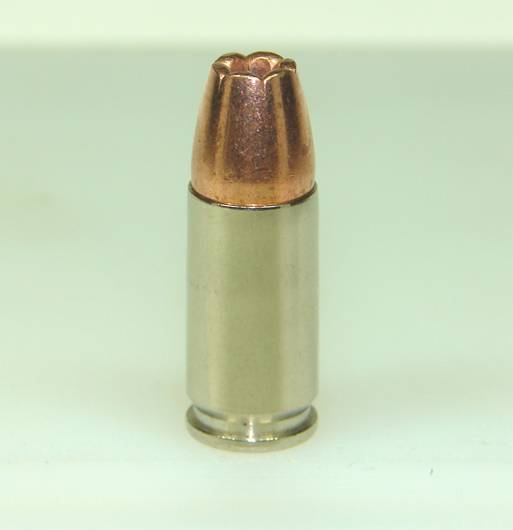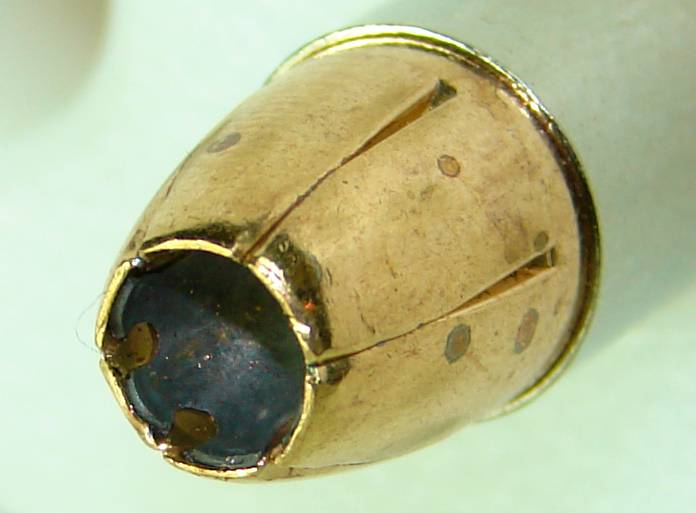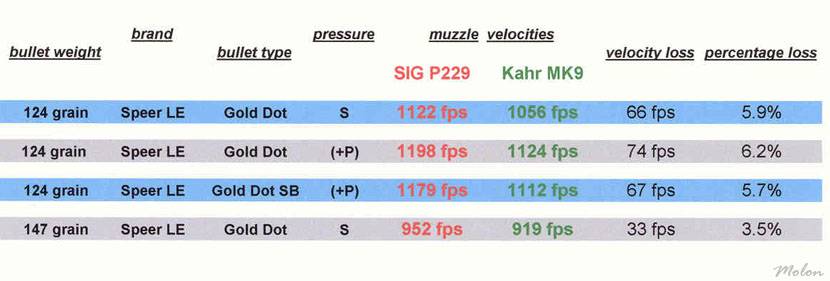I've been looking all over, and I can't find any relevant test results.
Is this load RA9T under another name, and could you reasonably expect it to expand when fired from a shorter barrel?
I'd do my own testing, but I have no access to a range that would permit such.



 Reply With Quote
Reply With Quote

















